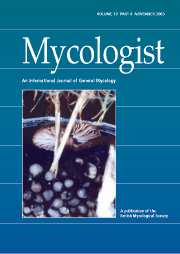Crossref Citations
This article has been cited by the following publications. This list is generated based on data provided by Crossref.
Hooley, Paul
Chilton, Ian J.
Fincham, Daron A.
Burns, Alan T.
and
Whitehead, Michael P.
2007.
Assigning Level in Data-mining Exercises.
Bioscience Education,
Vol. 9,
Issue. 1,
p.
1.

